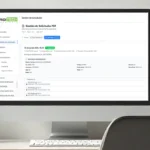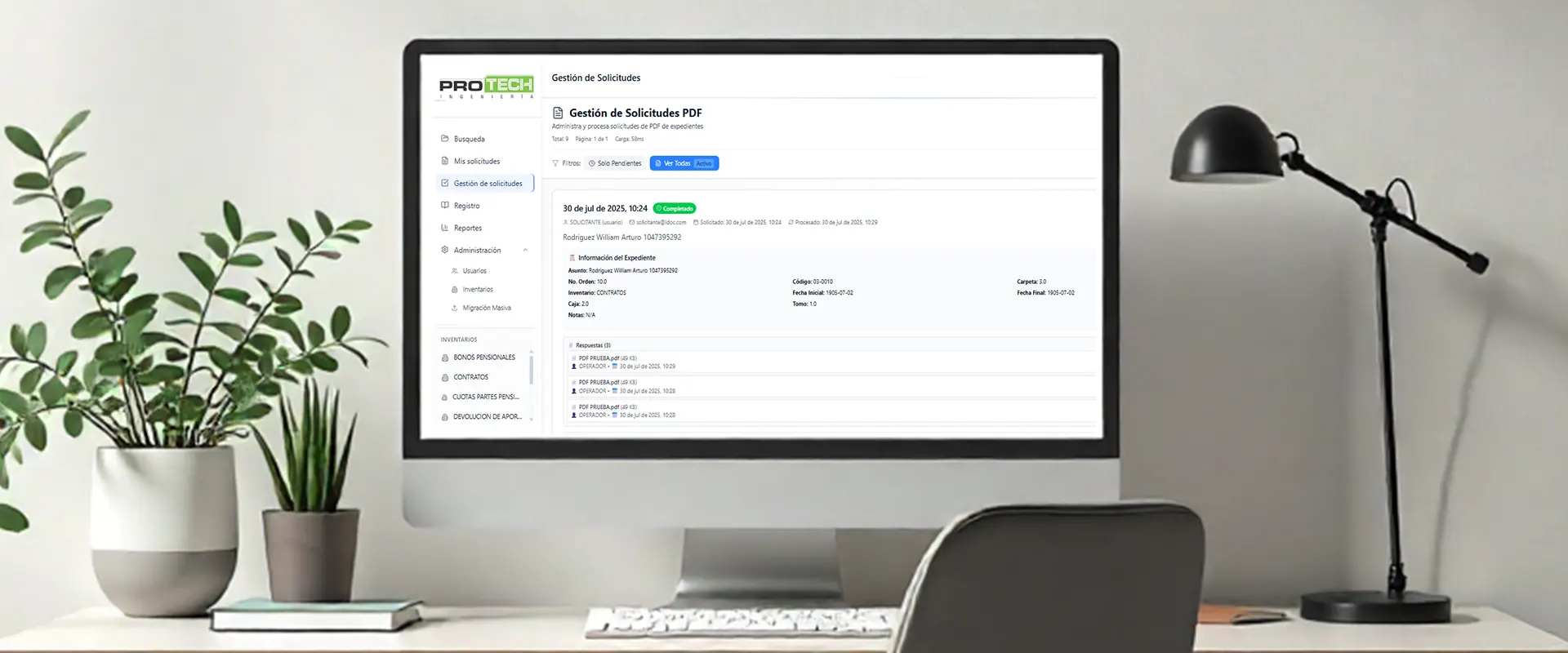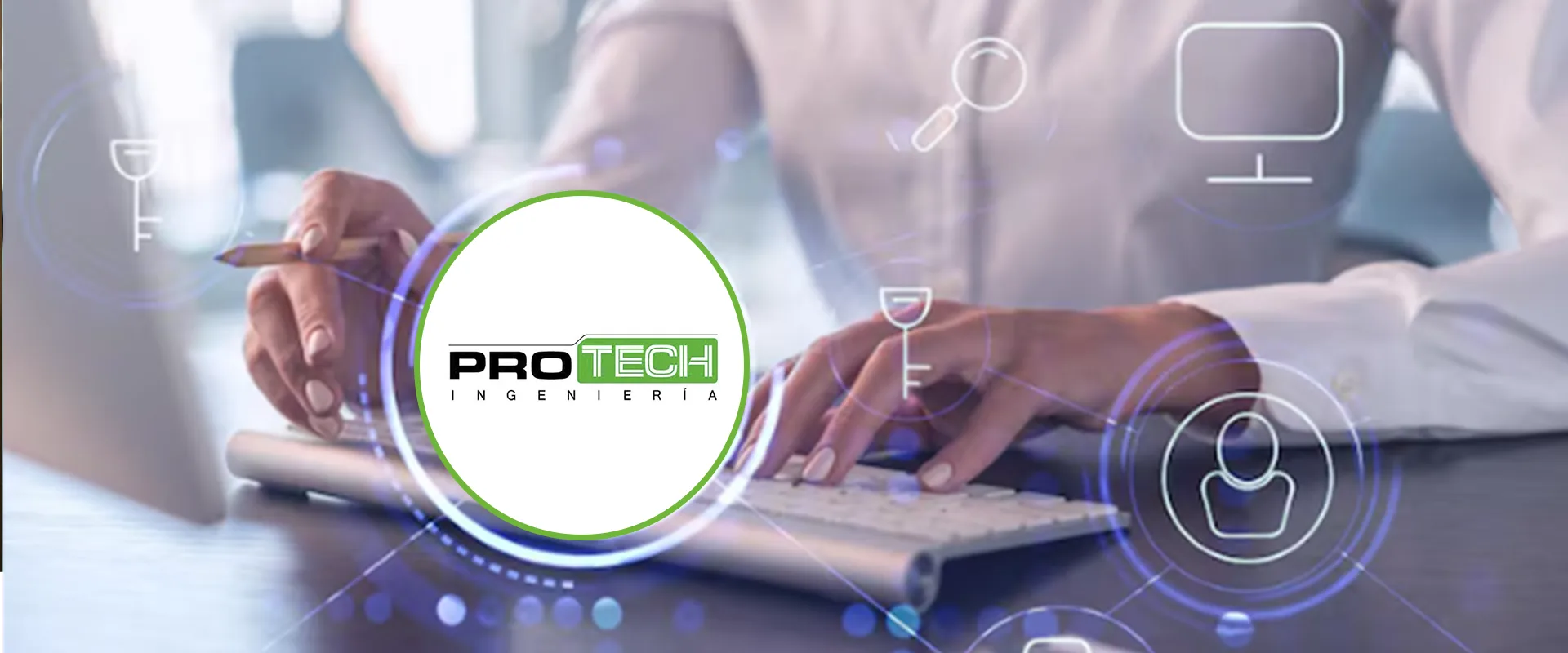What is Document Traceability?
Nowadays, document traceability and collaboration flows within organizations are common, and a single document passes through multiple departments from its creation to its storage for future reference. Even during the creation process, where multiple individuals are often involved, it is crucial to identify the most recent version of the document and maintain strict tracking of any modifications made to it.
Document traceability solves this problem by determining the location of documents at all times and identifying any individual who interacts with them, whether by viewing, modifying, or performing any other action (copying, sending, etc.). Therefore, the key elements considered to achieve proper document traceability are:
1. Document Traceability as a Central Axis
Document traceability refers to the ability to track the path followed by the auditor from the beginning of the audit to its completion. This means that any other auditor, regulator, or interested party should be able to follow the established procedures and reach the same conclusion based solely on the provided documentation.
Benefits of Traceability:
- Clear Understanding of the Process: Allows reviewers to comprehend how the audit was conducted and what factors influenced the decisions made.
- Reproducibility: Ensures that if another auditor follows the same path, they will reach similar conclusions.
- Transparency: Strengthens trust in the audit process by demonstrating that there are no “secrets” or “shortcuts” in the work performed.
2. Referencing: The Documentation Map
Referencing involves specifically linking data, evidence, and conclusions to their original sources or other relevant working documents. Essentially, it provides a "map" that illustrates where each piece of information comes from and how it connects to the overall framework.
Benefits of Traceability:
- Quick Verification: Facilitates a more efficient review, as reviewers can quickly trace and verify information sources.
- Consistency: Ensures that the data used is coherent and aligns with other data or evidence.
- Prevents Duplication: Helps avoid redundant reviews or analyses and ensures that all critical areas have been addressed.
3. Facing Reviews and Disputes
The true importance of document traceability and proper referencing becomes evident, especially when an audit undergoes reviews or encounters conflicts.
Benefits of Traceability:
Strong Defense: Documents serve as proof that the work was carried out meticulously and based on solid evidence.
Efficient Resolution: Concerns or disputes can be resolved more quickly when there is a clear “trail” to follow.
Credibility: Properly referenced documentation enhances the auditor’s reputation and reliability in the eyes of third parties or regulatory bodies.
The recording of audit evidence is not merely a requirement but an essential tool that demonstrates the integrity, professionalism, and rigor of the audit process. Document traceability, trackability, and referencing are fundamental attributes that allow auditors to "go back in time," ensuring that their work can be understood, replicated, and supported even years after completion. In a world where trust in financial reports is crucial, these practices are not just advisable—they are indispensable.
Importance of Document Management for Effective Document Traceability
When discussing document traceability management, we inevitably refer to document administration. Without these solutions and the processes they involve, effectively supervising information would be nearly impossible. In summary, traceability is the result of a methodical organization that ensures proper document management, standardizing processes and, thanks to emerging technologies (RPA, AI, etc.), automating them—thereby increasing operational efficiency.
A document management system promotes and simultaneously utilizes document traceability to enhance the quality of business processes. This is because it enables the configuration of proactive alerts to, for example, prevent certain deadlines from expiring before a document completes its required process. By combining document management with information traceability control, the risk of errors is significantly reduced.
Necessary Tools for Effective Document Traceability
After understanding the concept and realizing that its negligence affects the company's growth—thus emphasizing its importance—it is worth exploring the methods to manage document traceability in a more efficient way, with a strong focus on protecting confidential data. Some of the most significant tools for this purpose include:
Some of the Most Significant Tools for This Purpose Include:
-
Document Management Software:
These are used to automate document administration in all its phases, from creation to storage. Their features range from data collection and storage to efficient document search and retrieval.
-
Contract Management Software:
Optimizes the contract lifecycle by automating work processes and managing agreements. It enables strict version control, a highly valuable feature when files require signatures from multiple company experts.
Why Choose Protech Ingeniería Document Management Services?
Traceability is a means, not an end, and as seen throughout this article, it is part of a broader document management strategy. Implementing a solution with these features is not a one-size-fits-all process; instead, it requires customization to suit the specific needs of each company.
Transform your business today!
Act now! It is essential for every modern company that wants to achieve greater productivity and efficiency in its management processes!








